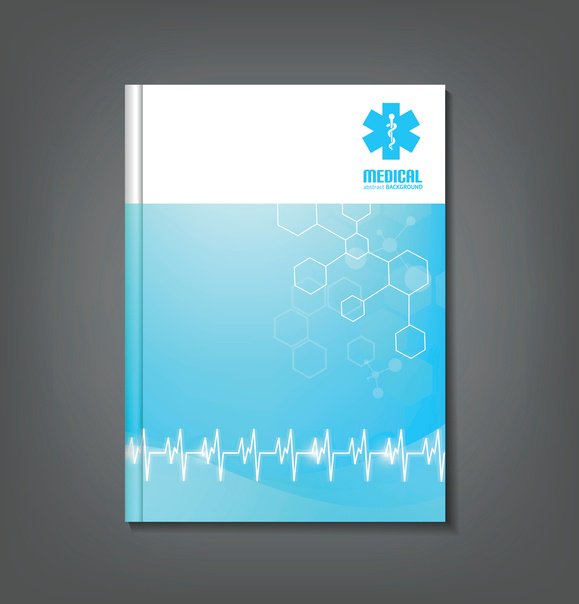Top Journals that Matter to Primary Care Physicians

Never before have more words been so readily available.
With the click of a keyboard or the swipe of a smartphone screen, primary care physicians put their hands on a seemingly unlimited amount of information.
Blogs, magazines and online aggregators offer around-the-clock access to research, breaking news and human interest stories.
But should physicians really be getting their news about research from websites run by 24-hour cable networks?
The problem with having so much information immediately available is that it can be difficult to measure the quality of the words. That’s why many primary care physicians are eschewing online information sources in favor of tried and true, peer reviewed, accurate and ethical medical journals, which have been delivering trusted news about research, trends and treatments for centuries.
Here’s a look at the top journals that matter the most to primary care physicians:
New England Journal of Medicine (NEJM)
The name and the acronym are synonymous with excellence. It’s by far the most well-respected and well-read general medicine journal available. Research covers all medical specialties, and all of the 5,000 article submissions the journal receives each year that actually get published go through an extensive peer review process, revisions and a statistical review.
In short, the NEJM is a journal primary care physicians simply must read if they want to stay abreast of emerging trends, research and discoveries.
Journal of Primary Care & Community Health
Primary care physicians are on the front lines of addressing public health concerns, and the Journal of Primary Care & Community Health is right there with them. The quarterly journal, which is currently transitioning to an open access format, offers peer-reviewed articles about the practice, impact and outcomes of community health programs.
It’s a great tool and a must-read journal for physicians who are interested in bridging the gap between medicine and public health at a grass-roots level.
Nature
Science waits for no one. That’s why it is imperative that primary care physicians read Nature, a medical journal that publishes weekly and features the latest findings in science research. Nature is one of the most difficult journals in which to be published, and it covers topics ranging from chemistry to evolution.
Many, if not all, of the top medical journalists in the country rely heavily on Nature for story ideas. So if you want to know what your patients are likely to be hearing (and have the real story for yourself), read Nature.
The Journal of the American Medical Association (JAMA)
With more than 1.2 million people receiving its table of contents via email, no other medical journal is as widely circulated. JAMA is a journal comprised of the top articles from the American Medical Association’s other journals, including JAMA Cardiology, JAMA Dermatology, JAMA Pediatrics and JAMA Psychiatry. In other words, its the perfect news aggregator for primary care physicians.
Read JAMA and sign up to have its table of contents delivered to your email inbox for free.
American Family Physician
Published by the American Academy of Family Physicians, AFP includes articles from clinicians with the experience and wisdom to provide proven advice to their peers. The editors strive to find articles that provide a family medicine perspective and approaches to common clinical conditions.
American Family Physician is what you want to read if you’re looking for practical wisdom that actually applies to your day-to-day practice of medicine.
Annals of Medicine
For those interested in research, there is the Annals of Medicine. It’s delivers rapid publication of the latest peer-reviewed research related to medicine, from the bench to the bedside and back again.
—
If you are interested in reading blogs like this one to supplement your journal reading, feel free to subscribe.
![]()
Comments are closed.



Recent Comments